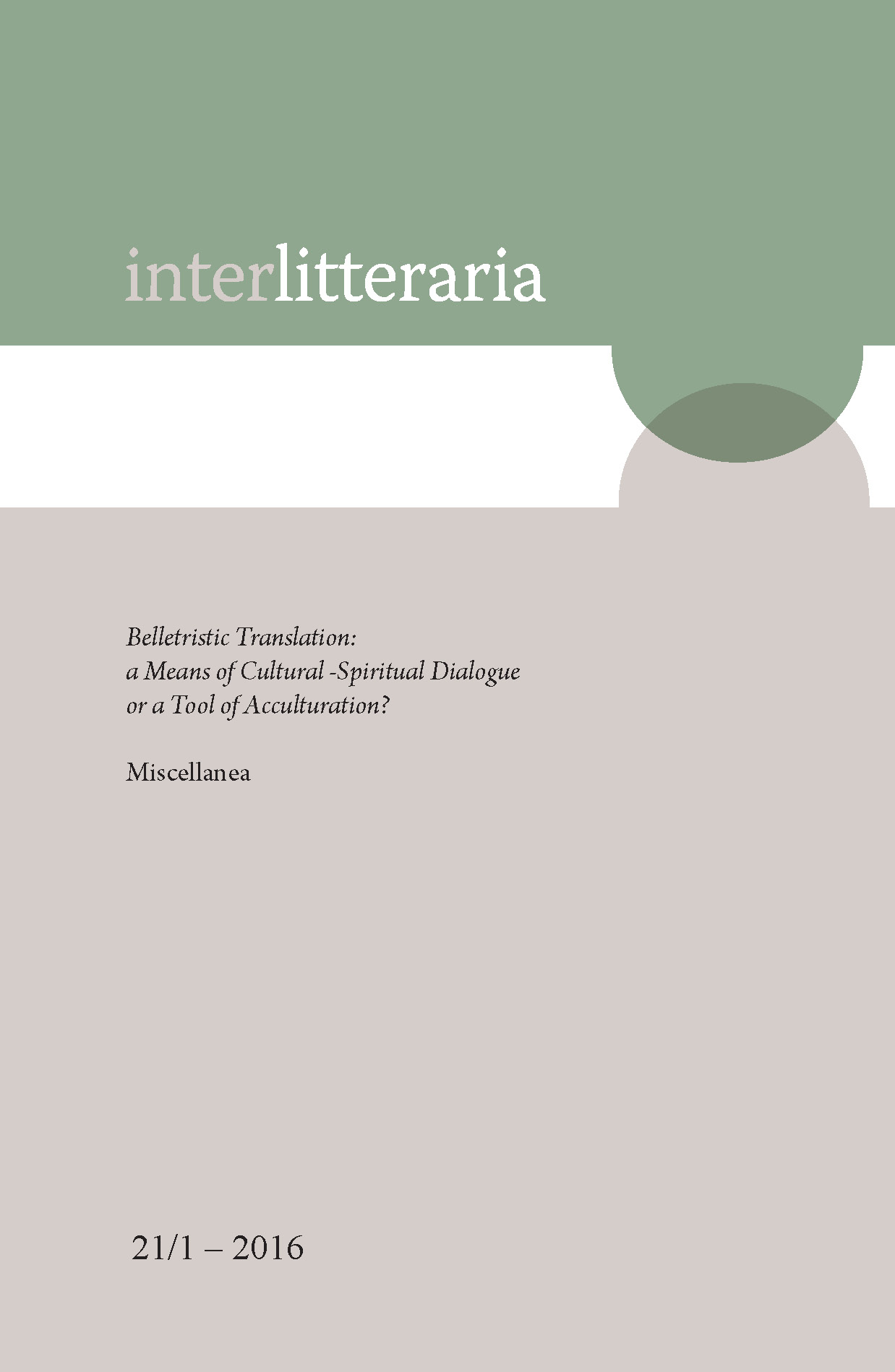The Uncanny Robots of Pilot Pirx: Stanisław Lem’s Tales
DOI:
https://doi.org/10.12697/IL.2016.21.1.12Keywords:
Stanisław Lem, human simulacra, the uncanny, humannessAbstract
There was a time when Stanisław Lem was the best sold and read writer in Poland (though he was even bigger in the Soviet Union and East Germany). His popularity steadily grew from the time of his debut and reached its apogee in the late nineteen-sixties. For literary critics the death of Lem ten years ago, in 2006, is a closure of his rich and diverse oeuvre, and this has opened new perspectives on ‘lemology’, which at the Polish language departments of some universities is a minor branch of literary studies. Indeed, in different decades of the 20th century Polish academia discussed Lem from a range of vantage points. In his lifetime Lem provoked conflicts and antagonisms. The aim of this paper is to discuss the presentation of a motif Lem often comes back to, namely the motif of the robot, in four of his short stories from the Pilot Pirx cycle. I shall do so in such a way as to show how different critical traditions contribute to my full understanding of the text. The stories I have chosen are “Terminus”, “The Hunt”, “The Accident” and “The Inquest”. I will also allude to “The Mask”. First I need to briefly describe how ‘lemology’ evolved in Poland and how it was prompted by Western criticism. Thereafter I will present the stories I have chosen. Finally, I am going to portray the development of the robot motif in the Pirx cycle in reference to both Polish and foreign critics.Downloads
Download data is not yet available.
Downloads
Published
2016-07-04
Issue
Section
Articles
License
The contents of Interlitteraria are published under CC BY-NC-ND licence.


